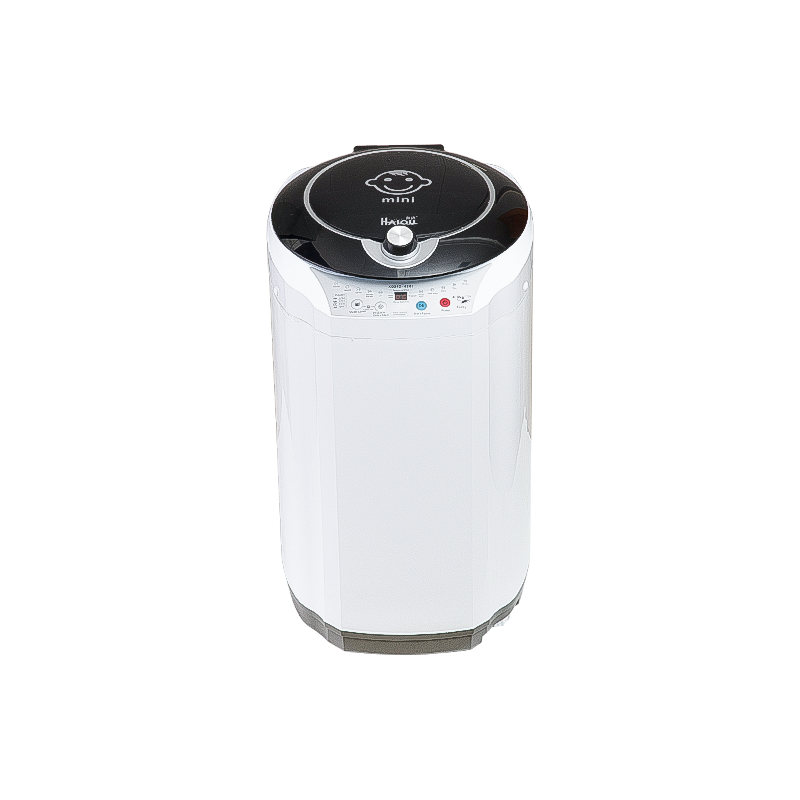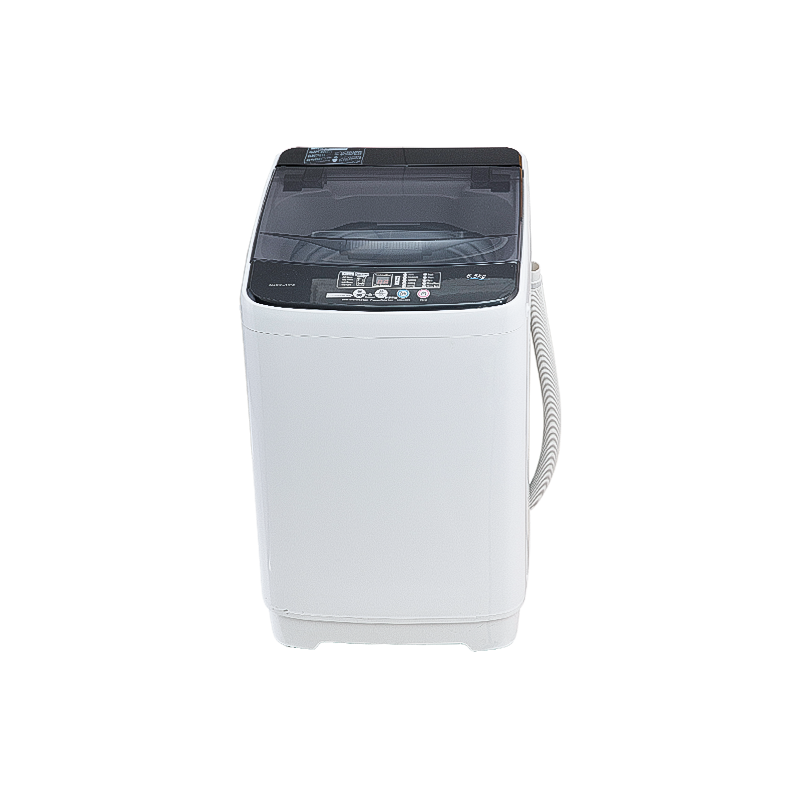How to optimize the energy efficiency and water saving performance of Automatic Washing Machine?
In modern life, Automatic Washing Machine has become one of the essential appliances in the home. However, with the increasing tension of energy and water resources, it is crucial to optimize the energy efficiency and water saving performance of automatic washing machines.
First of all, choosing the right washing mode is an important step in optimizing energy efficiency. Different washing modes are suitable for different types of clothes and degrees of stains. For example, for clothes with light stains, you can choose the quick washing mode, which usually takes less time and can save energy. For clothes with heavy stains, you can choose the strong washing mode, but when using it, you can adjust the washing time and water temperature appropriately according to the actual situation to avoid unnecessary energy waste.
Reasonable control of washing capacity is also the key to improving energy efficiency. If the capacity of the washing machine is too large and the number of clothes washed is small, it will lead to energy waste. On the contrary, if the capacity of the washing machine is too small and the number of clothes washed is too large, it will increase the burden on the washing machine, reduce the washing effect, and also waste energy. Therefore, when using a washing machine, you should choose the appropriate washing capacity according to the number of clothes to achieve the best energy efficiency.
The choice of water temperature will also affect the energy efficiency of the washing machine. Generally speaking, lower water temperatures can save energy, but for some stubborn stains, higher water temperatures may be required to clean them. When choosing water temperature, you can make a reasonable choice based on the degree of stains and materials of the clothes. For example, for cotton clothes, you can choose a higher water temperature for washing, while for clothes made of fine materials such as silk, you should choose a lower water temperature to avoid damaging the clothes.
In terms of water saving, technological innovation of washing machines plays an important role. Some advanced automatic washing machines use water-saving technologies such as spraying technology and circulating water utilization technology. Spraying technology can spray water directly onto clothes, improve washing efficiency, and reduce water consumption. Circulating water utilization technology can filter and treat the washed water and use it again for washing, thereby realizing the recycling of water resources.
In addition, regular maintenance and cleaning of washing machines can also improve their energy efficiency and water-saving performance. For example, regular cleaning of the filter and drainage pipes of the washing machine can ensure the normal operation of the washing machine and reduce the probability of failures, while also improving washing efficiency and reducing water consumption.
Optimizing the energy efficiency and water-saving performance of the Automatic Washing Machine requires multiple aspects, including selecting the appropriate washing mode, controlling the washing capacity, selecting the appropriate water temperature, using water-saving technology, and regular maintenance and cleaning. Through these measures, we can reduce energy and water consumption while meeting washing needs, and contribute to environmental protection.
Next:Why has the Automatic Washing Machine become a must-have for modern families?


 简体中文
简体中文 English
English















.png.800.png)
.png)


.png)
.png.800.png)


